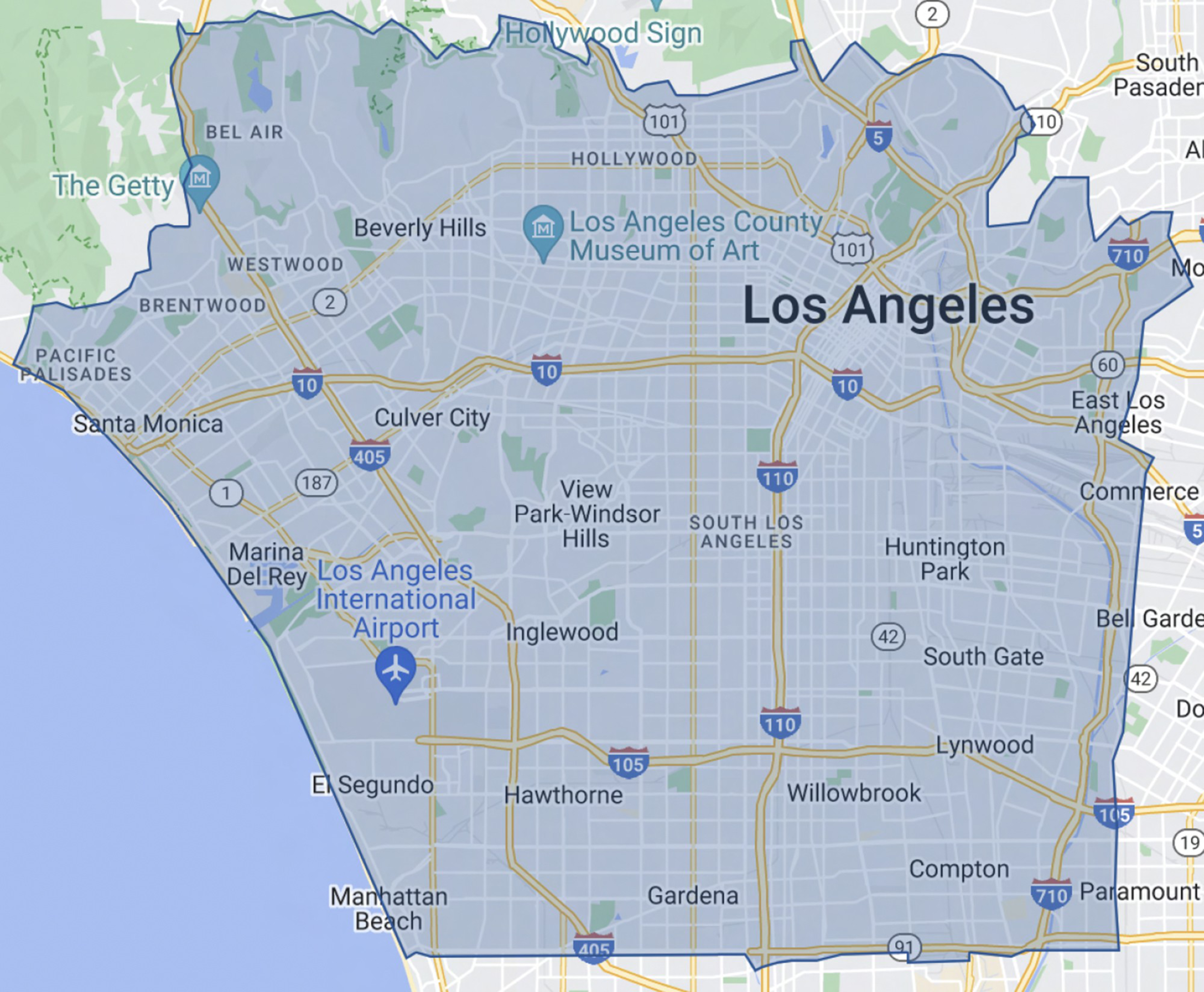Waymo is gearing up for a dramatic statewide expansion that would see the company’s fleet of driverless cars spanning much of the Bay Area and a major portion of Los Angeles County—and using freeways to ferry passengers around.
The Alphabet-owned robotaxi company—the clear leader in the emergent industry following Cruise’s well-documented downfall—filed a letter (opens in new tab) with the California Public Utilities Commission Jan. 19 seeking approval to expand its paid 24/7 services past San Francisco’s city limits.
It’s a crucial step to getting more of its fleet to operate nonstop in California’s most populous regions—an expansion would also increase its purview into highways and rural roads. Critically, the move starts to pave the pathway toward utilizing these vehicles to transport riders to and from major international airports.
The first hurdle in this broad statewide expansion has already been overcome: A regulatory green light was provided by the California Department of Motor Vehicles earlier this month.
“Thousands of Angelenos have already had a chance to ride with Waymo as part of our Waymo One Tour, and we’re excited to bring autonomous driving to more people,” a Waymo spokesperson told The Standard in a statement, referring to the service’s pilot free rides program (opens in new tab). “We remain committed to our safety-driven, community-first deployment approach that has served our riders well in San Francisco and Phoenix.”
Waymo vehicles secured the DMV’s blessing to operate on freeways, highways and rural roads in addition to the city streets that the cars already occupy. This means Waymo vehicles can go up to 65 mph across its entire operational area.
The DMV approval includes a map of where Waymo hopes to operate its fleet in the Bay Area and Los Angeles. In the Bay, the service area would run down the Peninsula through Highway 101 and Interstate 280 past Sunnyvale.

In Los Angeles, where Waymo is currently offering unpaid rides to the general public in limited tours across the region (opens in new tab), the service area would stretch from Pacific Palisades on the northwest to Manhattan Beach on the southwest, Monterey Park on the northeast and Paramount on the southeast. It would also encompass the myriad freeways in that area, including Interstates 5, 110 and 10.

The expansions also appear to include San Francisco International Airport and Los Angeles International Airport, suggesting that Waymo could offer curbside airport pickup and drop-off at the two major airports.
A Waymo spokesperson told The Standard that the company doesn’t have immediate plans to do so yet—but reporting from Mission Local (opens in new tab) found the company has reached out to SFO to begin the process. In Phoenix, Waymo’s vehicles are able to do overnight service (from 10 p.m. to 6 a.m.) to and from the Phoenix Sky Harbor International Airport.
SFO spokesperson Doug Yakel said any plans for Waymo to do passenger pickup and drop off will require the additional approval of the airport.
“Seeing them operating more in our surrounding communities [is] what we’d like to see first,” Yakel told The Standard.
A Waymo spokesperson told The Standard via email that a public comment period on Waymo’s safety plan will run until Feb. 8. Following that, the California Public Utilities Commission will evaluate the request and choose to approve or deny the expansion. As soon as the expansion is approved, Waymo can begin charging for rides in other parts of the Bay Area and in Los Angeles.
But concerns are already mounting about the driverless car service’s aggressive expansion, especially as it’s positioned itself as a safety-minded company—a framing that it has doubled down on in the wake of Cruise pulling its services nationwide.
California state Sen. Dave Cortese introduced legislation that would give local governments authority to put the kibosh on robotaxis that don’t have local approval. In December, San Francisco City Attorney David Chiu sued the CPUC for approving Waymo and Cruise’s expansion on the basis that the approval may not have been legal (opens in new tab), a tricky case to prove that nevertheless may raise eyebrows for Los Angeles officials.
Philip Koopman, a Carnegie Mellon professor who studies autonomous vehicles, told The Standard that the expansion of service—both in terms of scope and speed—puts Waymo at greater risk for dangerous accidents, especially if it intends to offer more highway service.
“If you’re 25 mph or below, there’s a whole lot of extra room to make mistakes,” Koopman said. “Once you’re above about 30 or certainly at 55, the stakes are dramatically raised because fatalities are much more likely at high speeds.”
Waymo’s real-world highway testing appears to be limited. Earlier this month, Waymo announced that it would start testing its vehicles on highways around the Phoenix area. Waymo has already been operating autonomous vehicles with a human driver present on freeways around Arizona and California.
“CPUC and the public should be presented with an explicitly stated promise for safety and convenience and should be able in the future to judge whether Waymo has delivered on its promise,” Koopman said.
